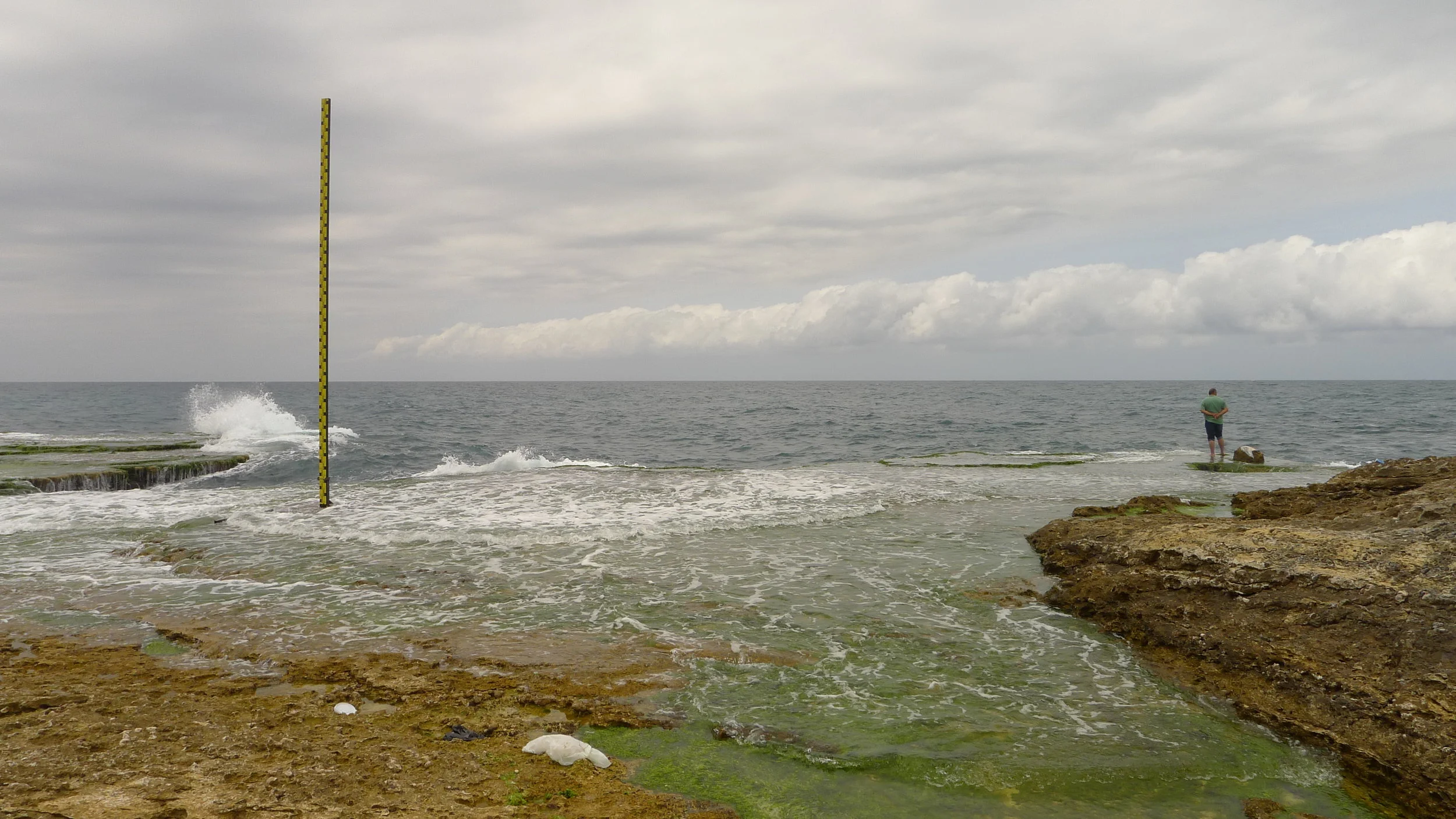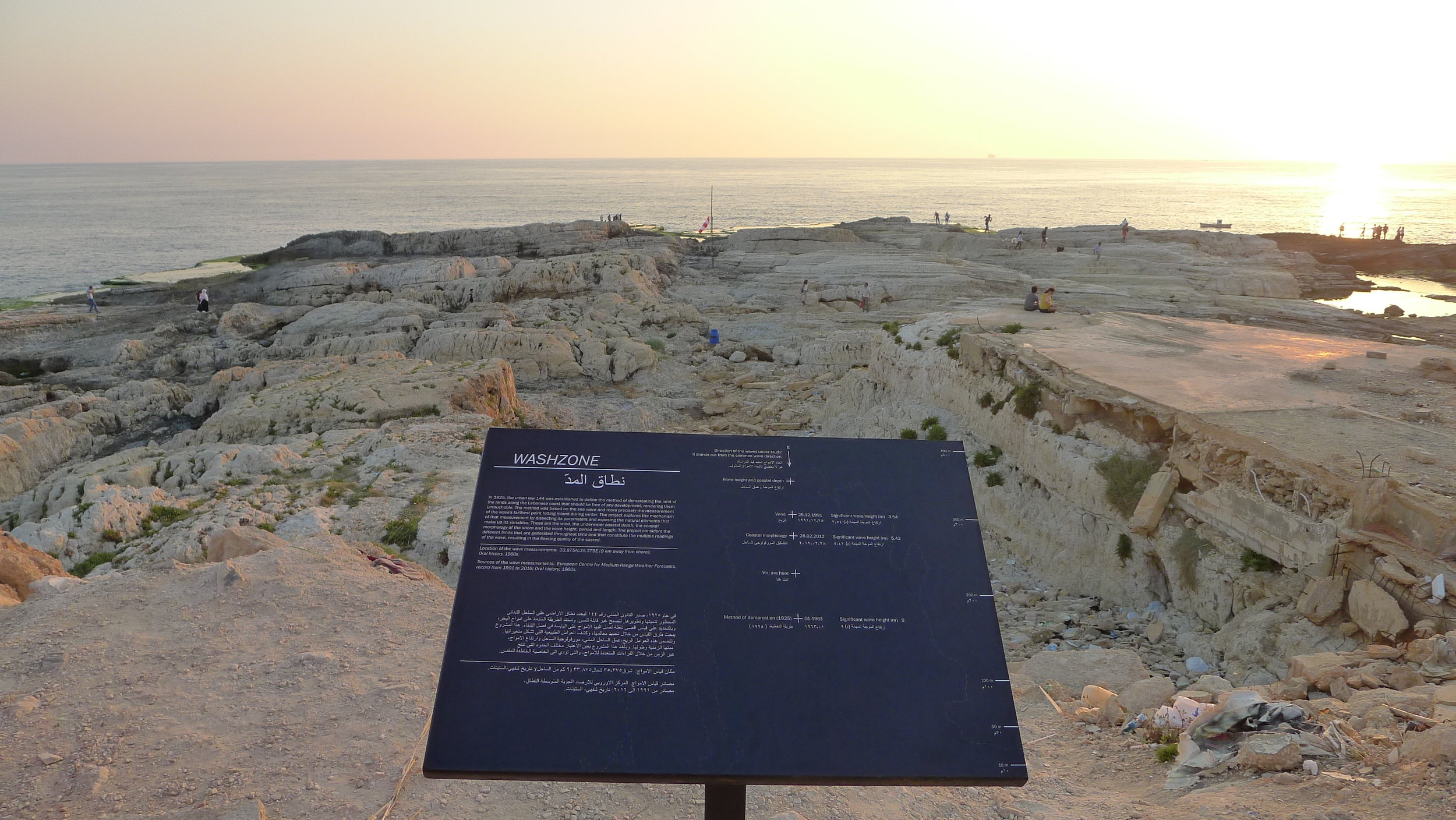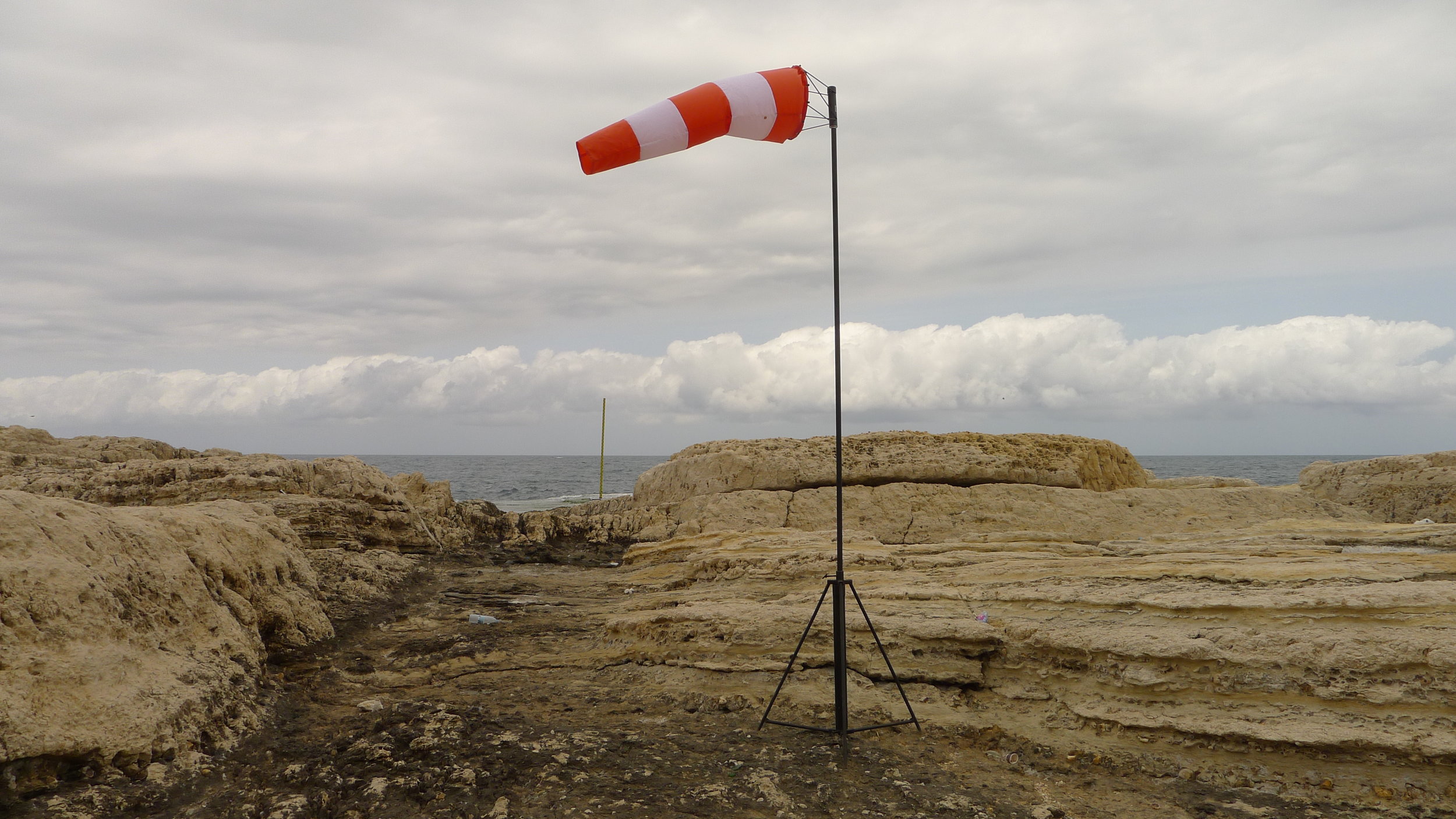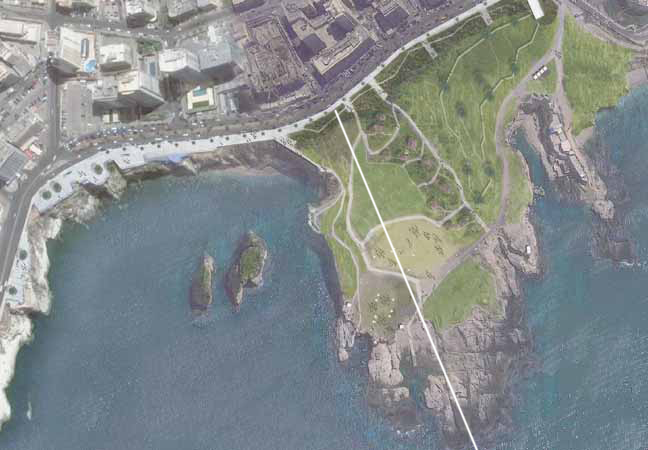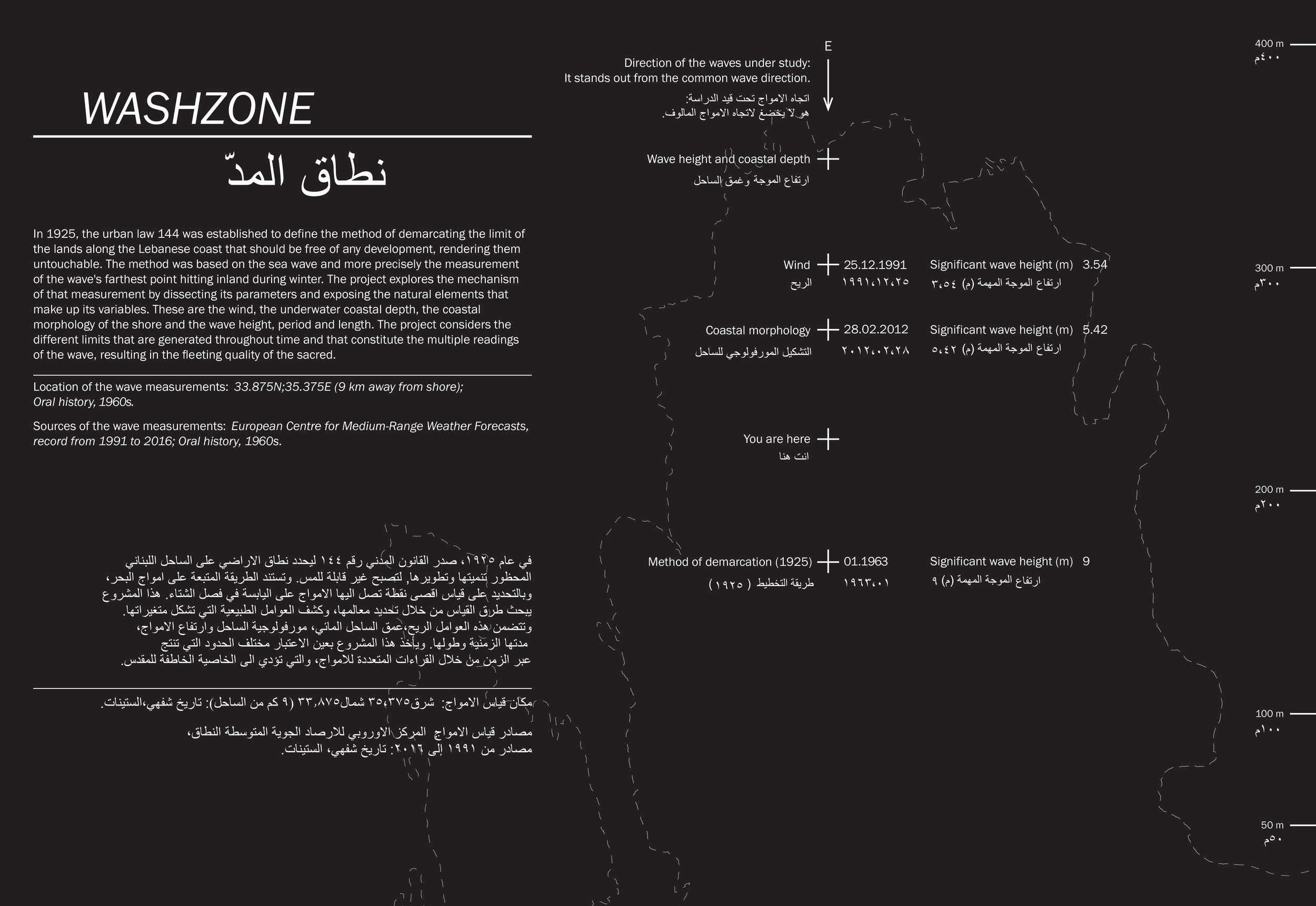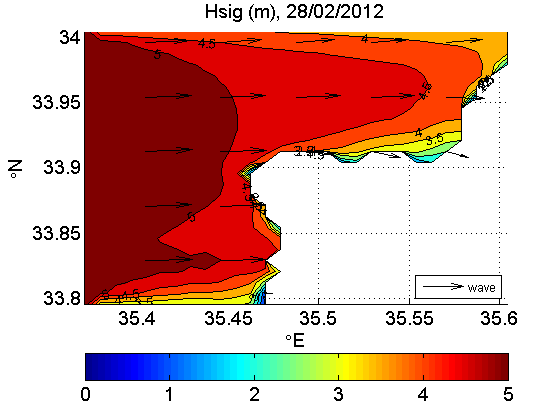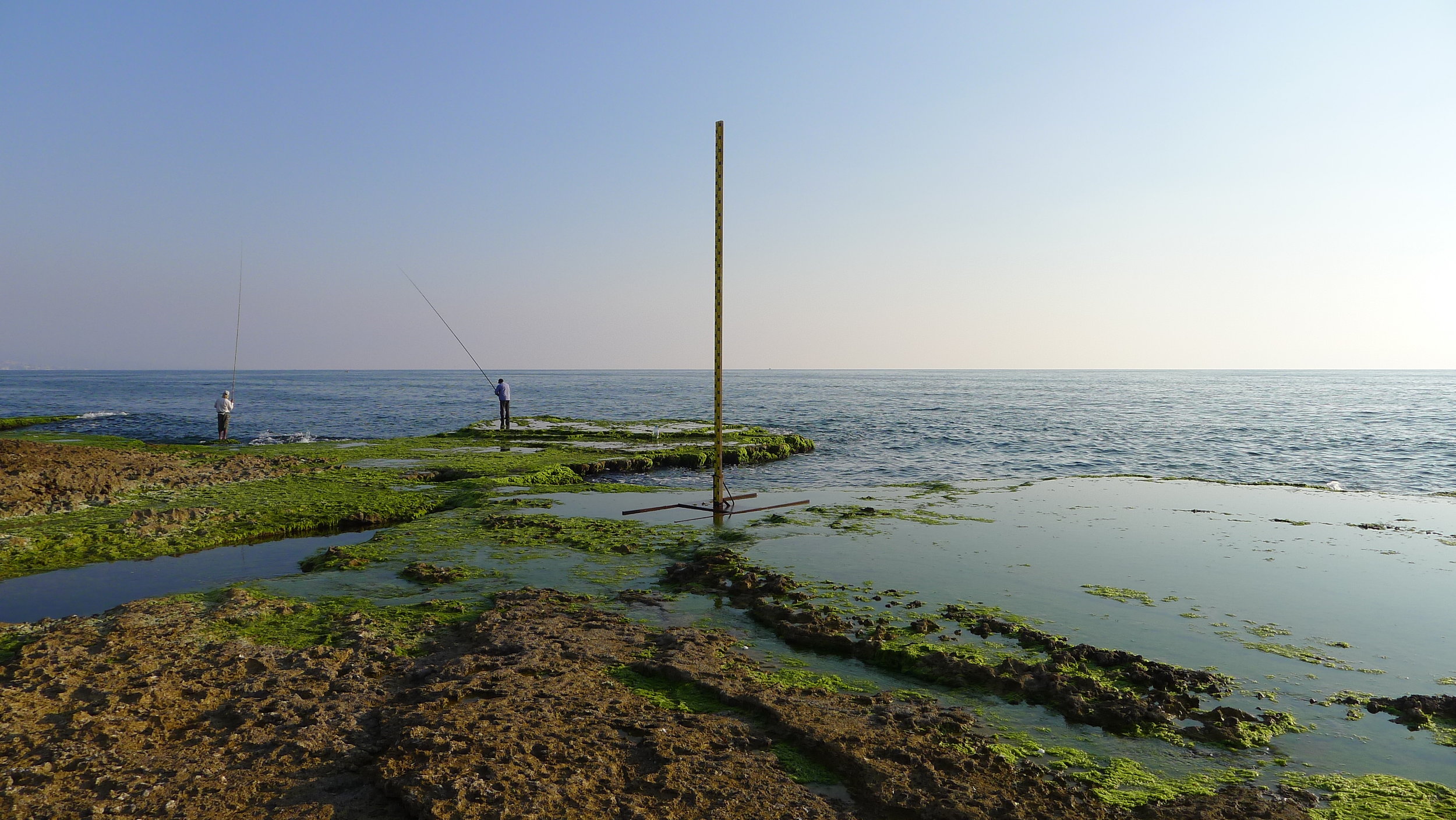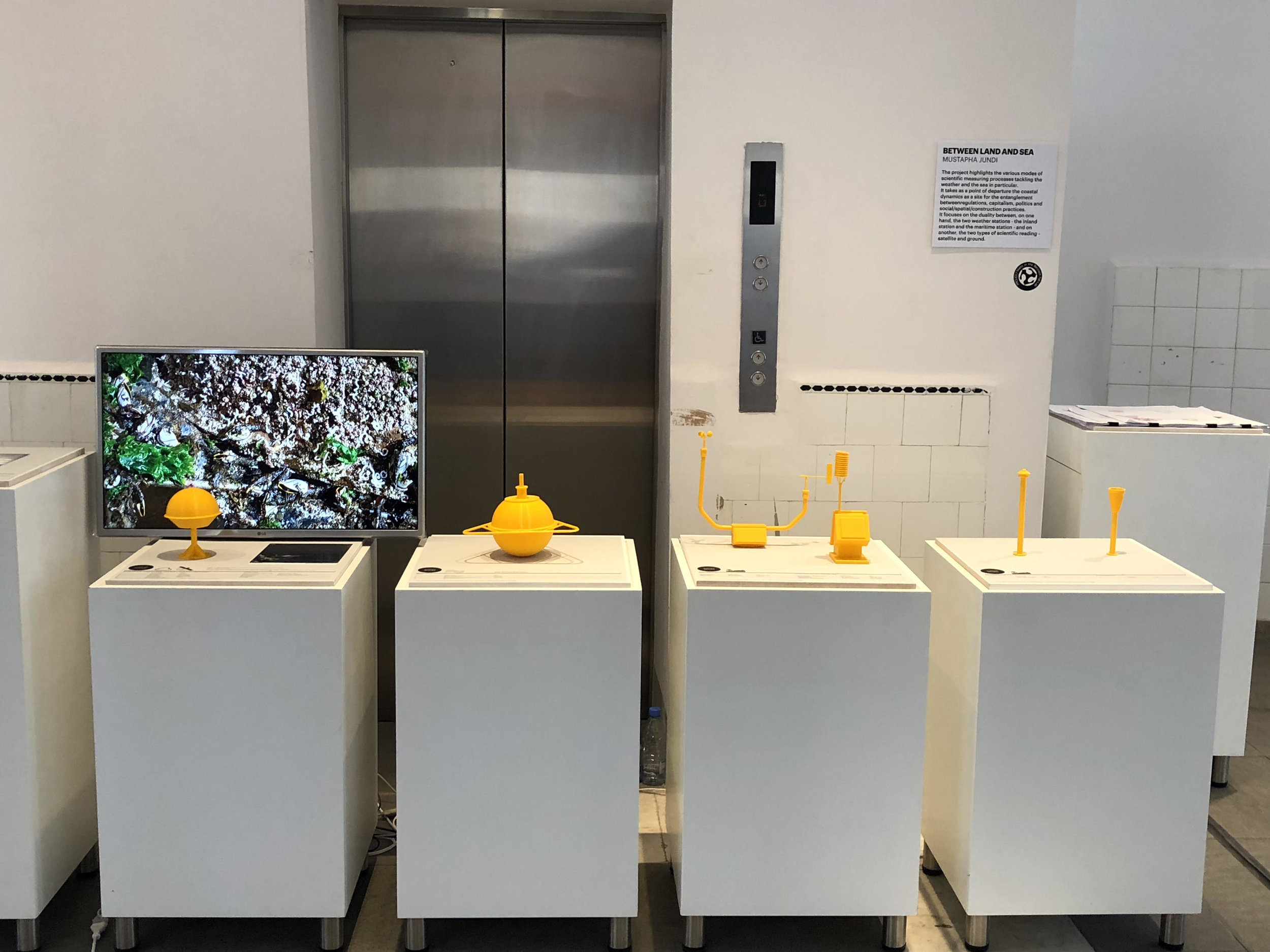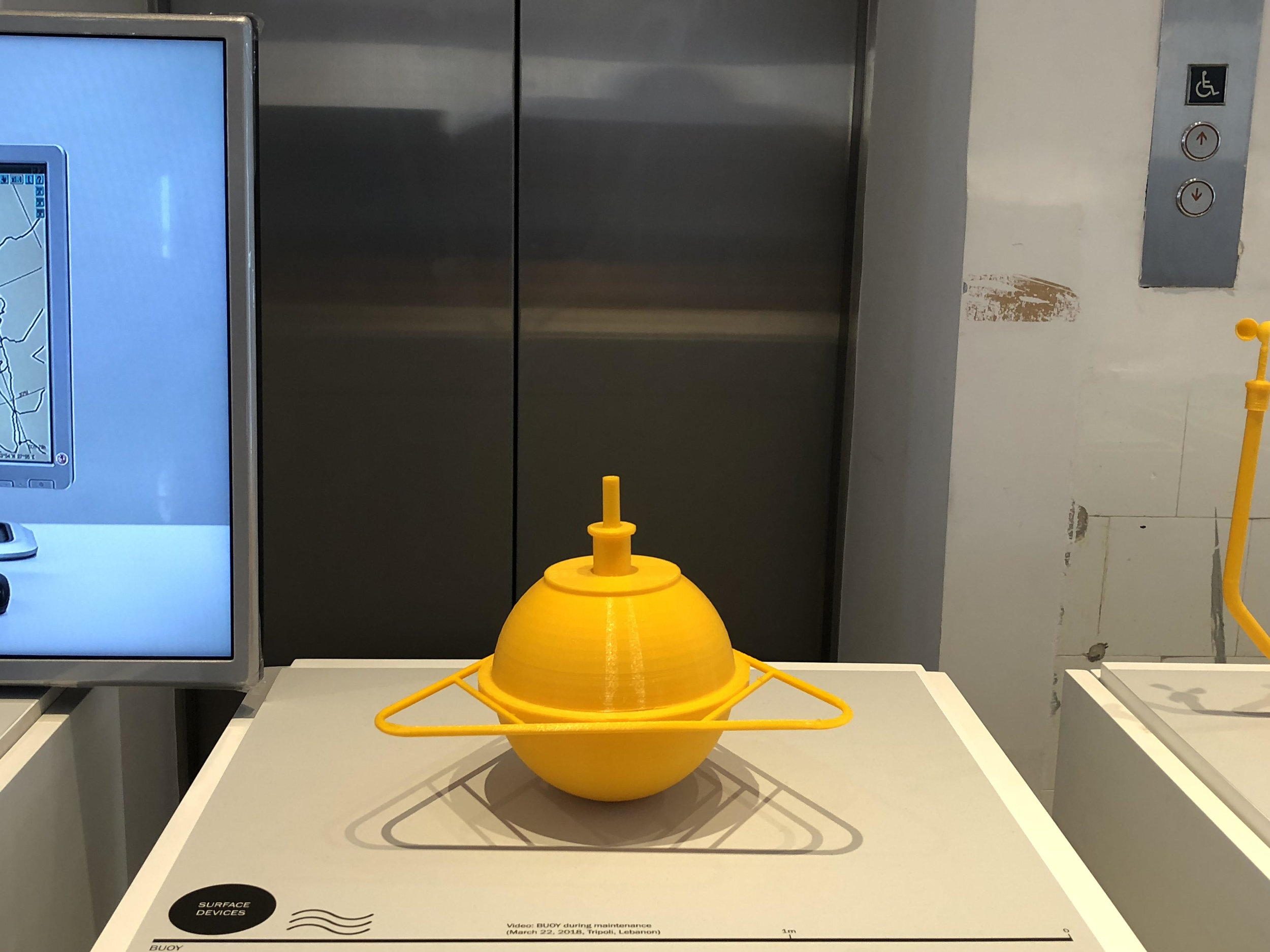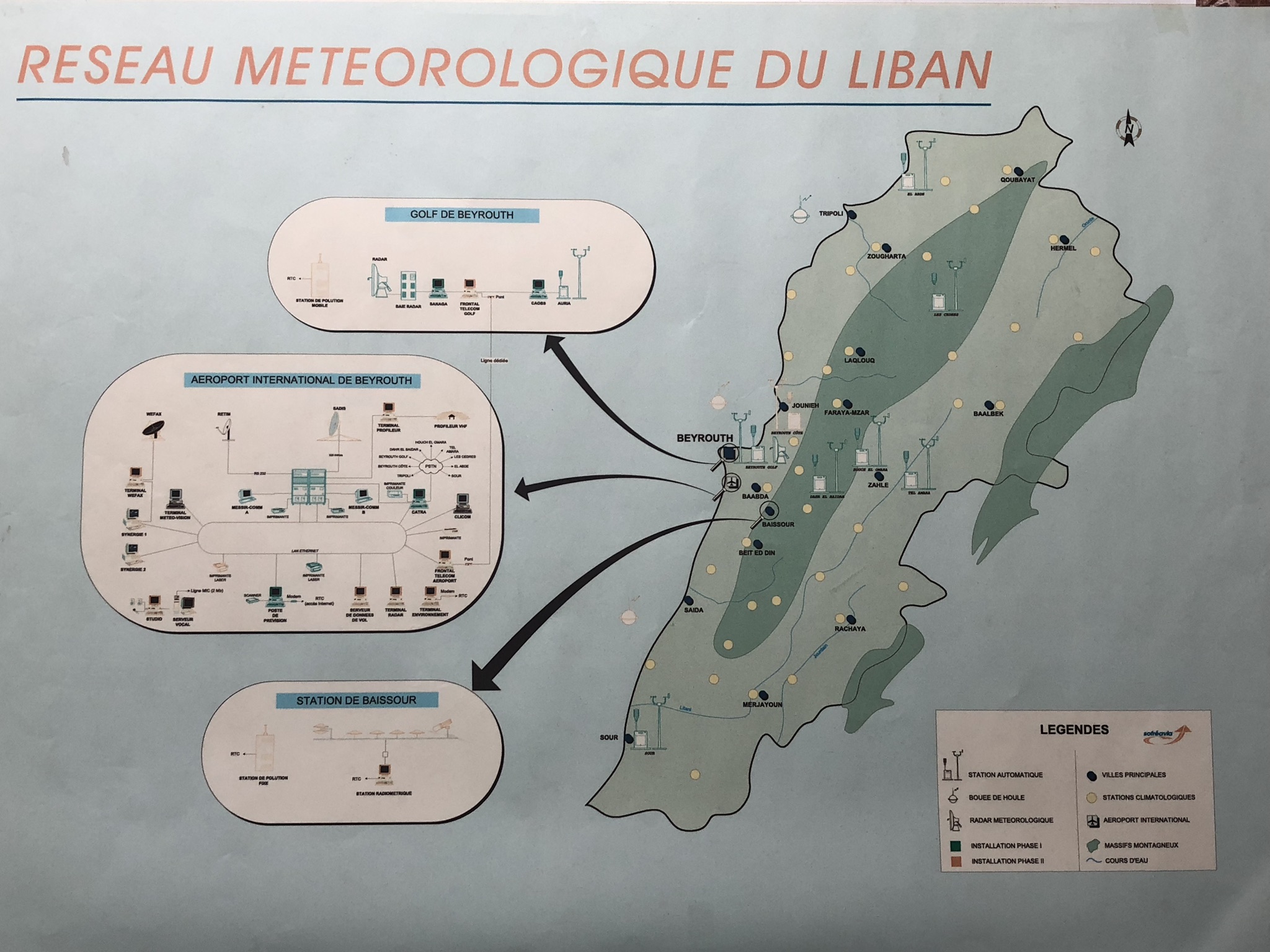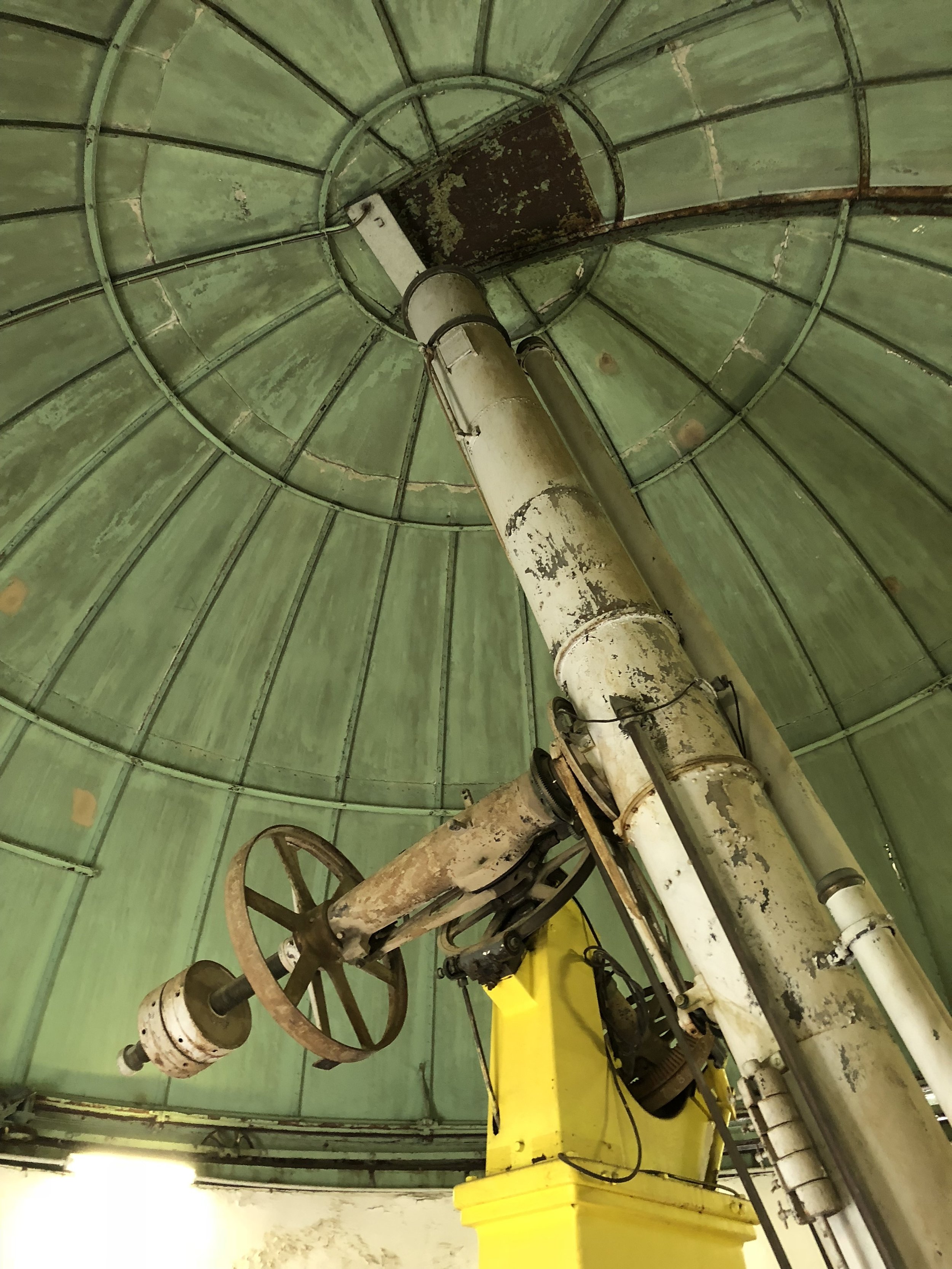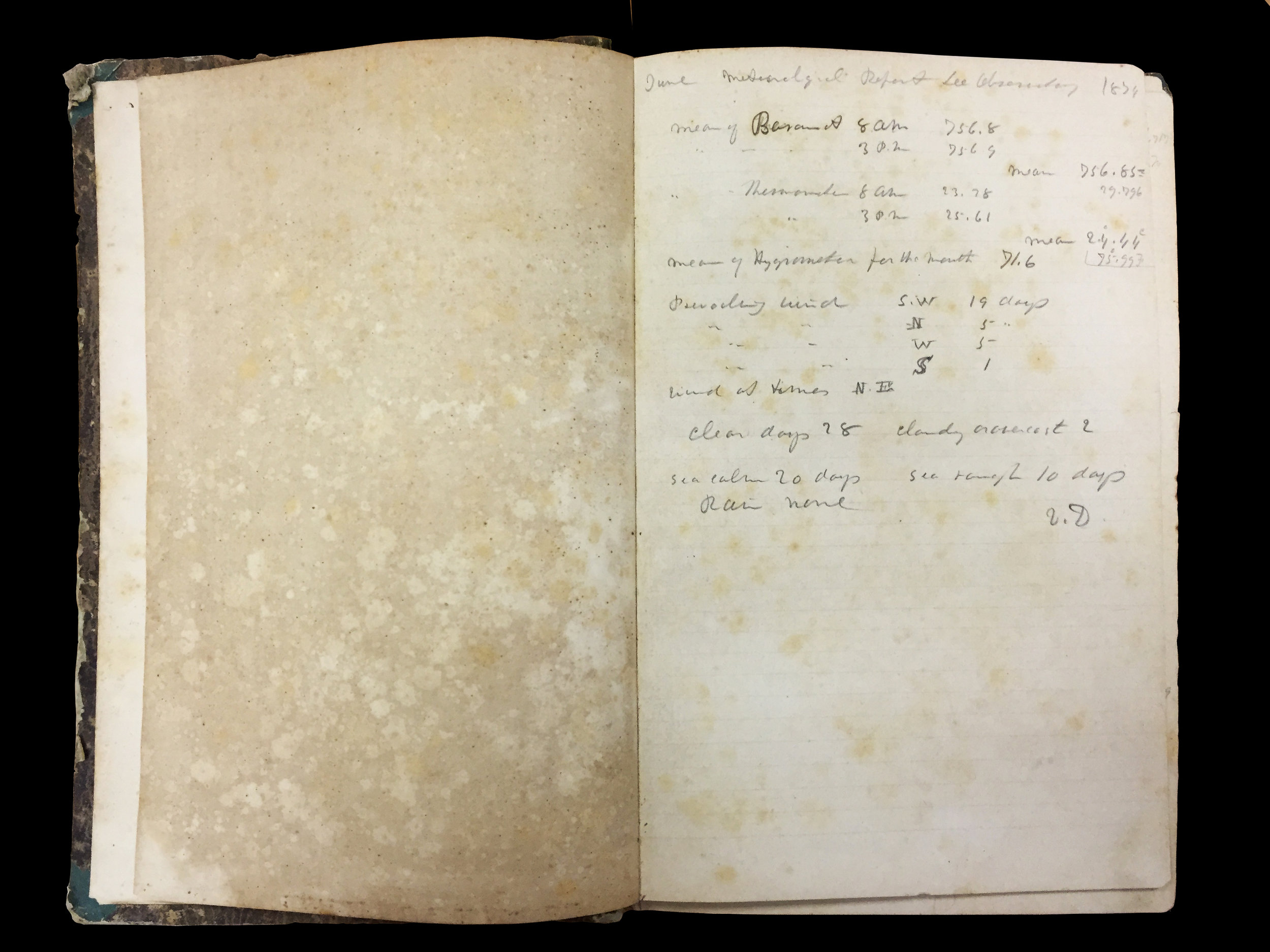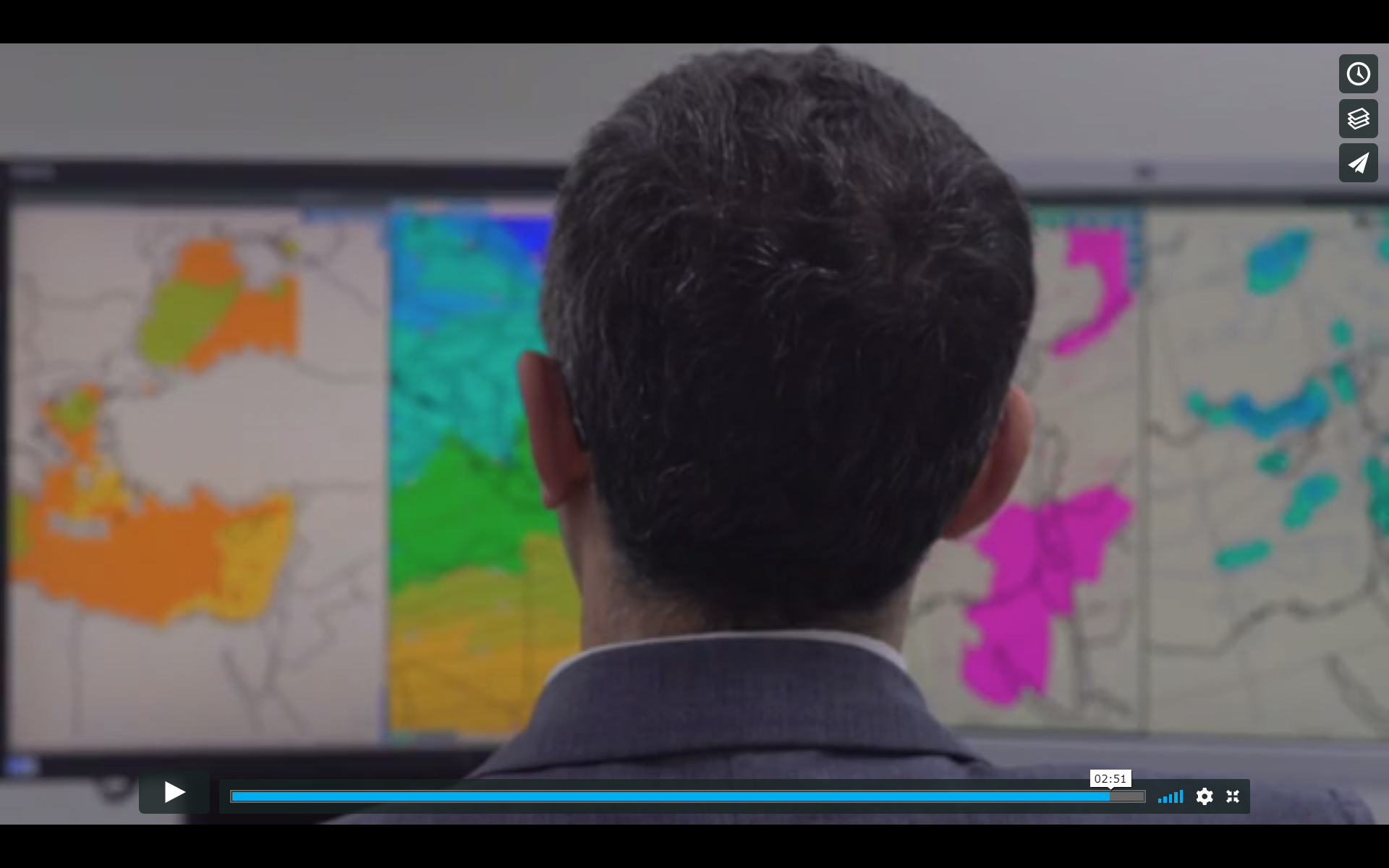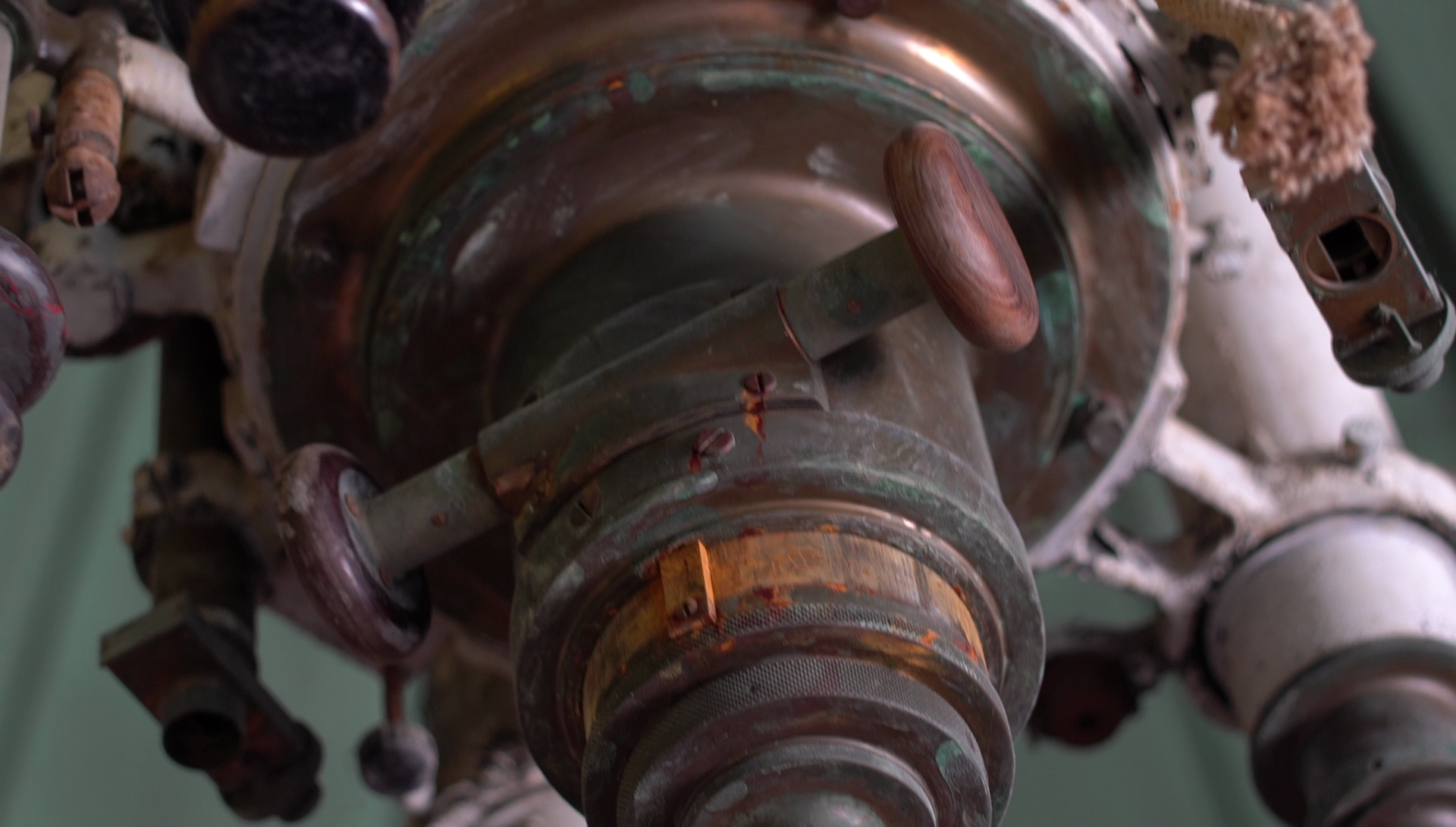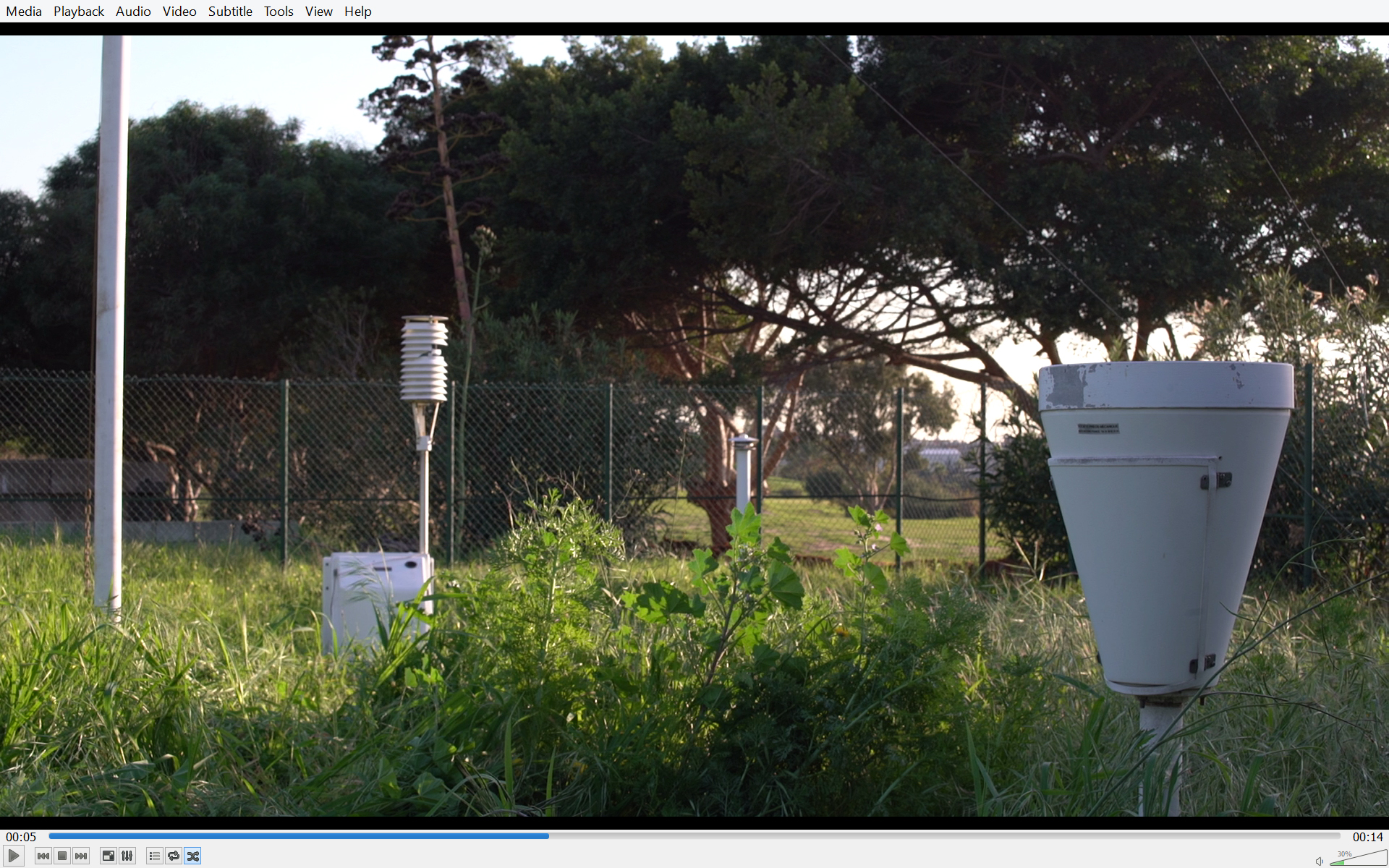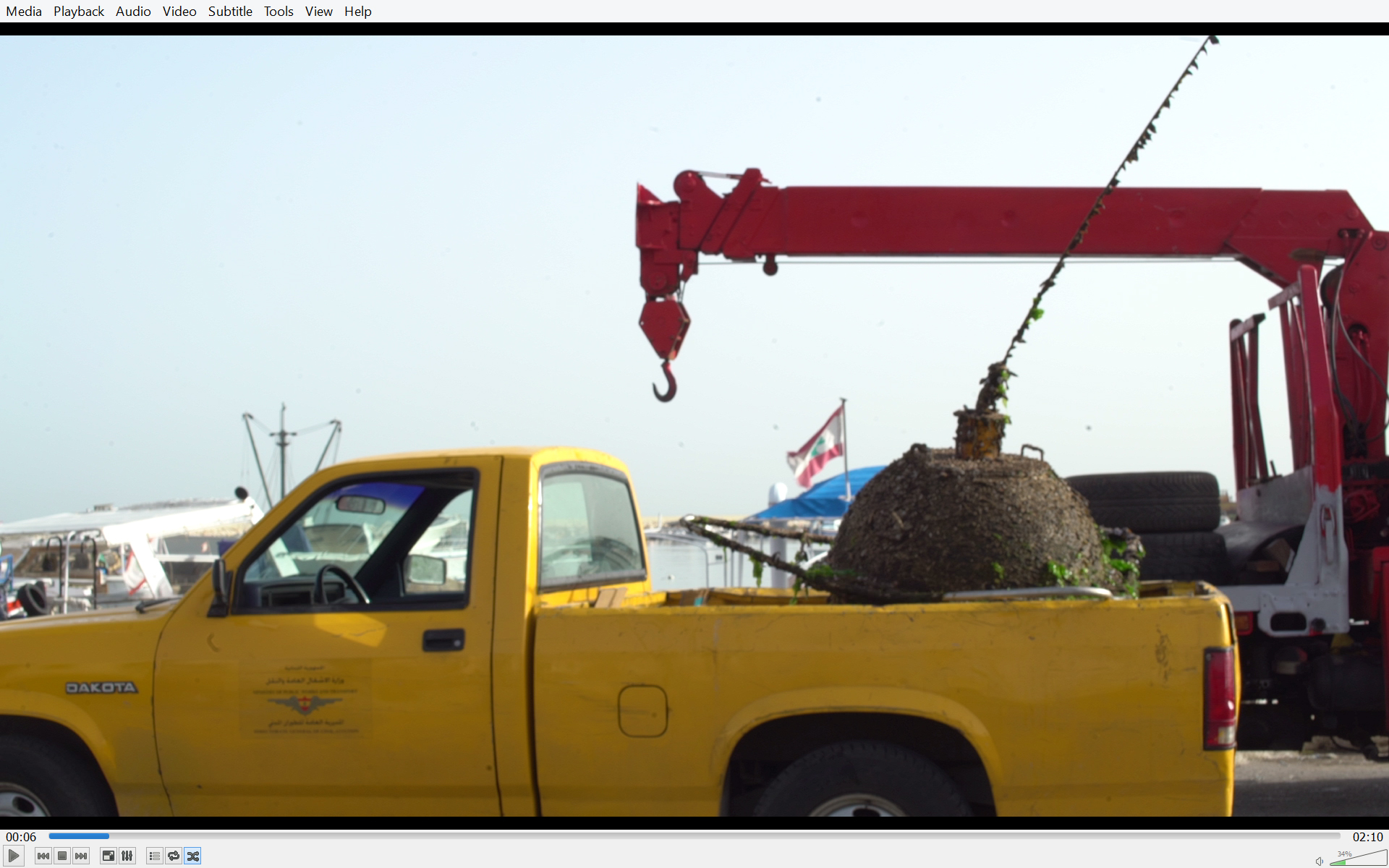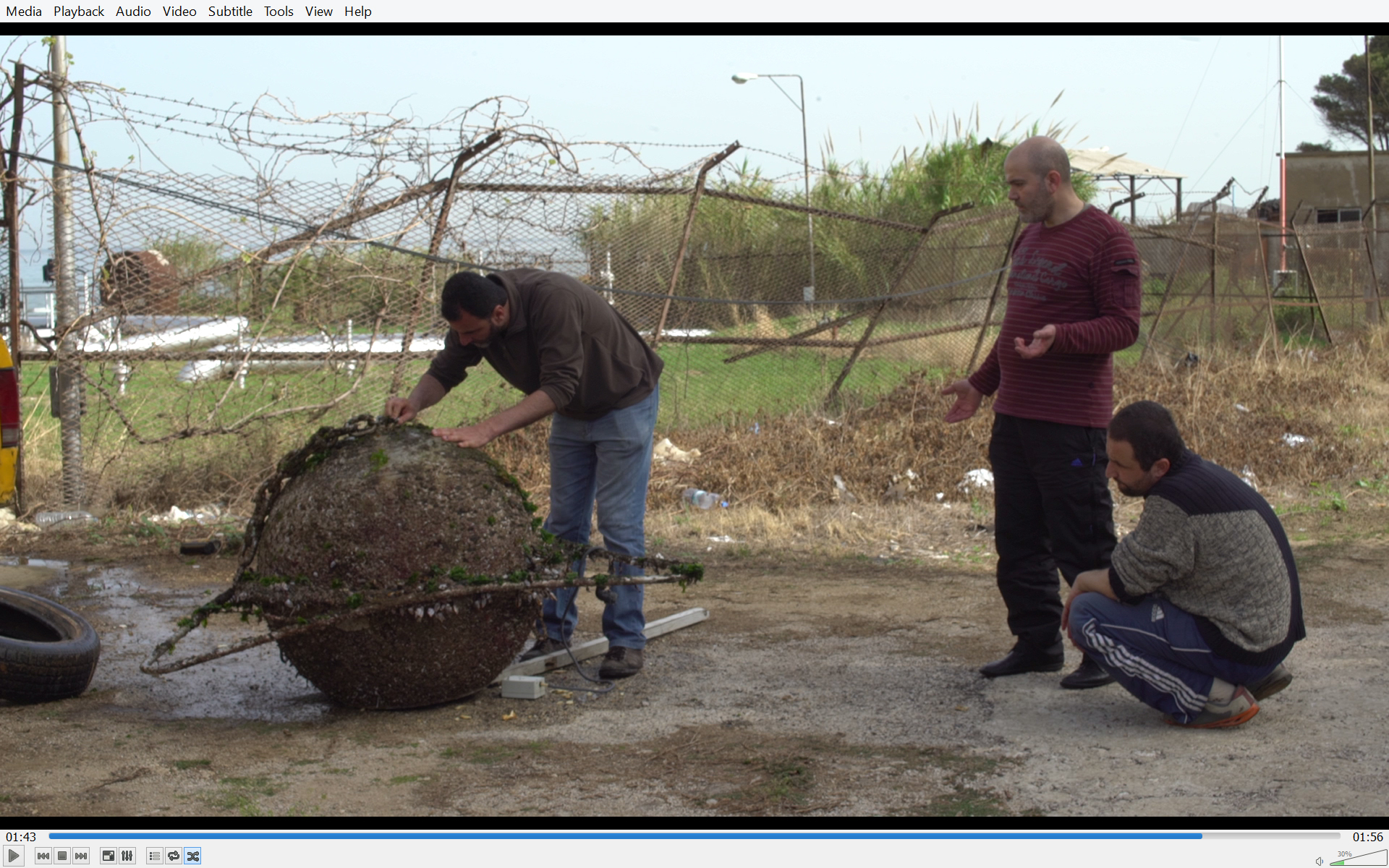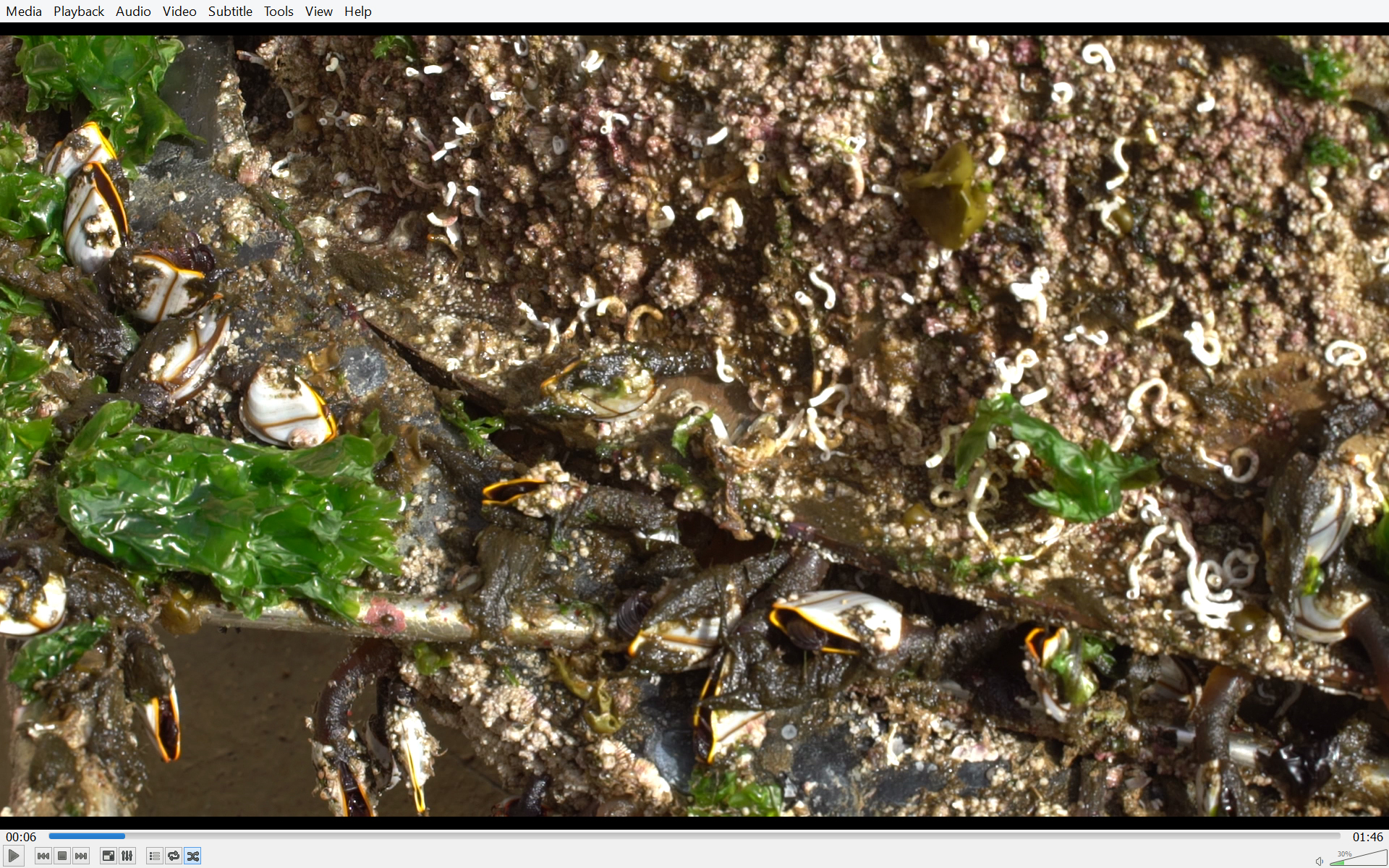Washzone On-Site Installation / Commissioned by TAP / Beirut, Lebanon / 2017
Washzone is an on-site installation situated in Dalieh, a disputed land on the Beirut coast, adjacent to the Pigeon rock, a natural tourist destination. The work was commissioned by Temporary Art Platform as part of a festival organized by the activist group The Civil Campaign to Protect The Dalieh of Raouche. The group’s work is centered on highlighting and preserving the natural and social value of the site in the wake of the looming large scale development threatening it. The festival commemorated the listing of Dalieh as part of the World Heritage Watch. More specifically, the project addresses the urban law 144 that was promulgated in 1925 to define the method for demarcating the limit of the lands along the Lebanese coast that should be free of any development, rendering them untouchable and establishing the maritime public property. The method was based on the sea wave’s furthest reach inland during winter. The installation explores the mechanism of that measurement by dissecting its parameters and exposing the natural elements that make up its variables. It flushes out the different possible readings of the wave with regards to its inland reach caused by the natural variables through time. Consequently, it highlights through the different possible limit lines the problematic of the law necessary for defining coastal public space. The addressed natural elements are the wind, the underwater coastal depth, the coastal morphology of the shore and the wave height, period and length. Each element is represented as a different object on site mostly as existing measuring devices — ranging from a vertical measuring plate to a flint filled barrel. The objects anchor different points belonging to different limit lines generated in recent history. The points are chosen as significant wave measurements corresponding to specific weather conditions at specific moments in time. As a methodology, the project considers the scientific evolution of the demarcation method. In the original law itself, marking the limit entailed four people, observational evidence and a flag on anchor points along the limit line. In the project, data oscillates between oral histories and satellite information — between experience on the ground and data from the sky. This is eventually diversified by referring to historical geological maps and documents highlighting previously established wave limit lines, a simulation program processing all the variables of the wave satellite measurements, as well as archival material of weather periodicals. The data from the various sources and processes is flattened in a single visual communication system present throughout the installation.
Between Land & Sea Exhibit / Commissioned by Public Works for BDW 2018 / Beirut, Lebanon
The project addresses the dynamic between land and sea and more precisely, the mechanisms regulating the boundary between the maritime public property and the built environment; between fluid and solid matter. It considers that boundary line as a condition to observe how we construct our relationship with the natural environment. The coastal dynamics and the boundary between land and sea are employed as sites for the entanglement between regulations, capitalism, politics and social/spatial/construction practices. Divided in two sections, the project employs investigative and documentative methods to highlight the processes of that entanglement. In the first section and through mapping, the project looks more closely at the Lebanese building law order 144 that uses the wave’s measurement inland as a defining method for the edge of the maritime public property and the resulting contradictory application and reading of solid and fluid matter. The second part is documentative where the project looks at the meteorological process in Lebanon and the duality between ground/sky and land/sea data and their constant oscillation. This is in parallel to the historical reading of weather monitoring in Lebanon and its link to the processes of the built environment.
